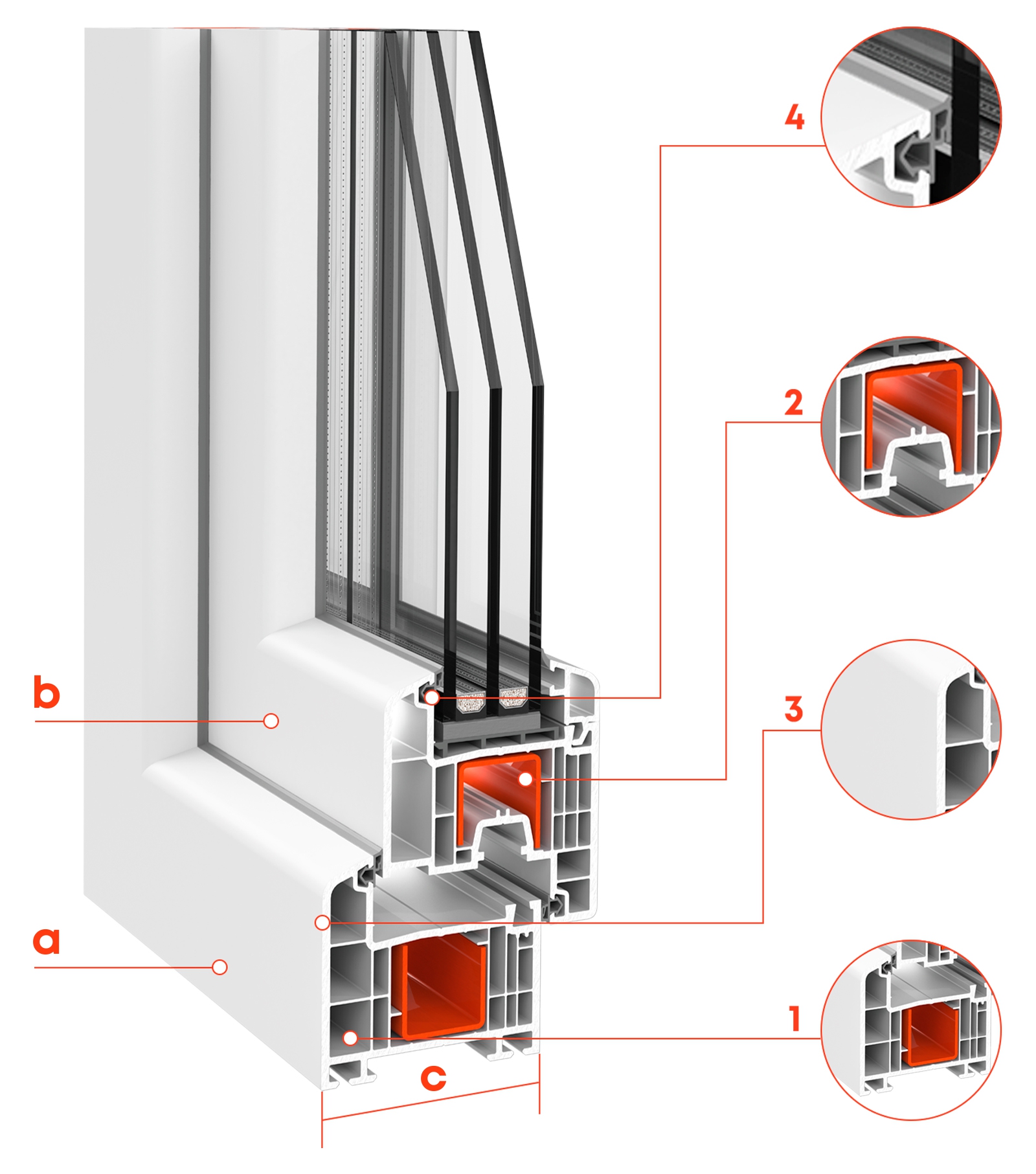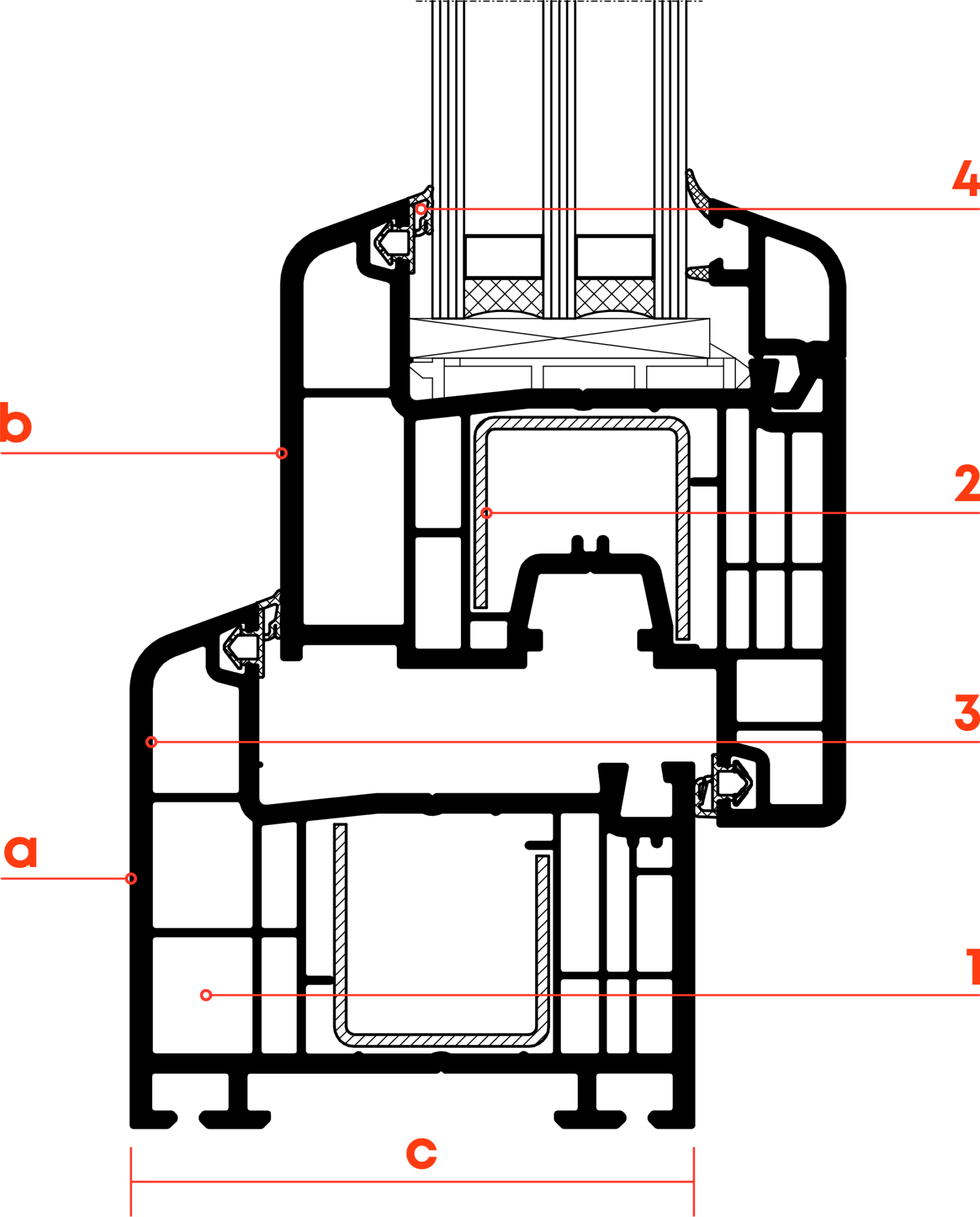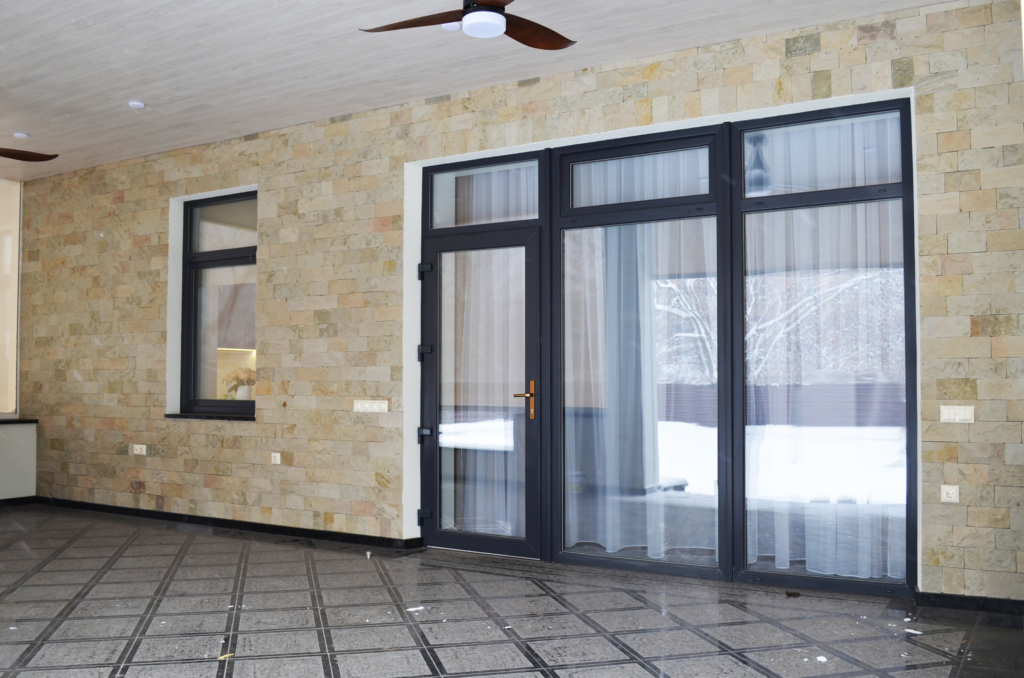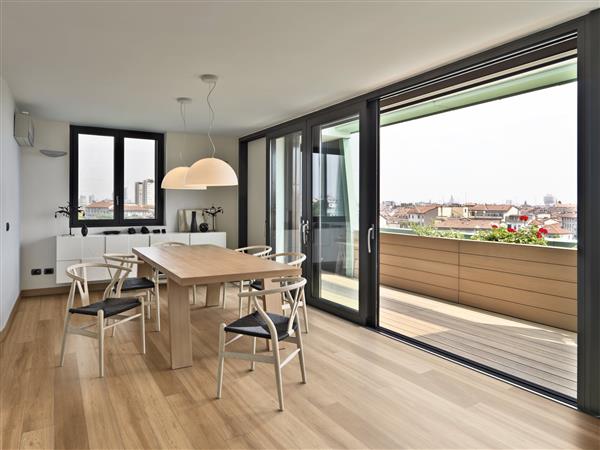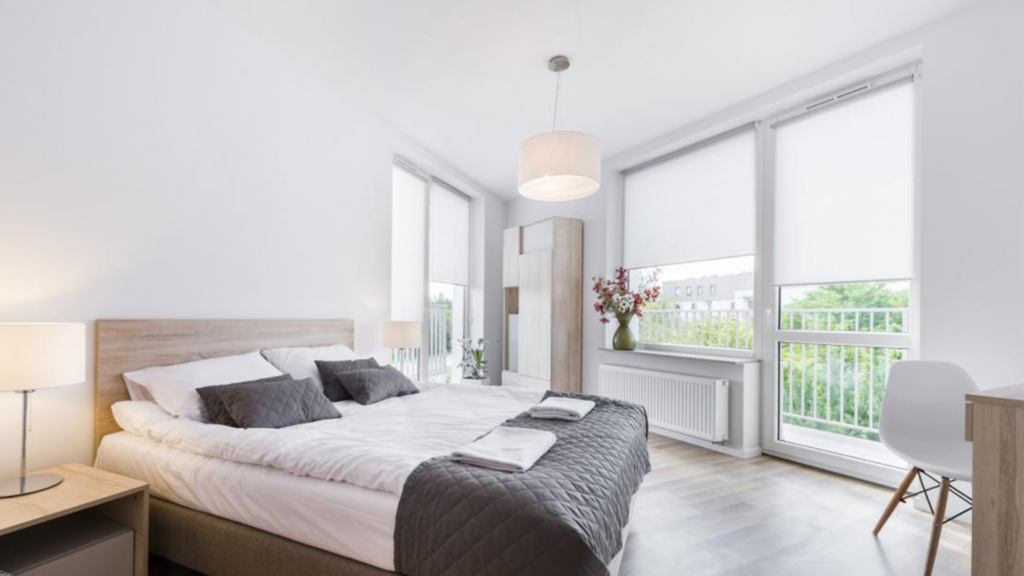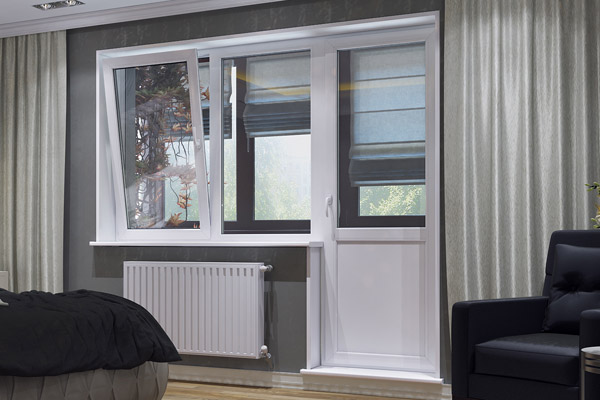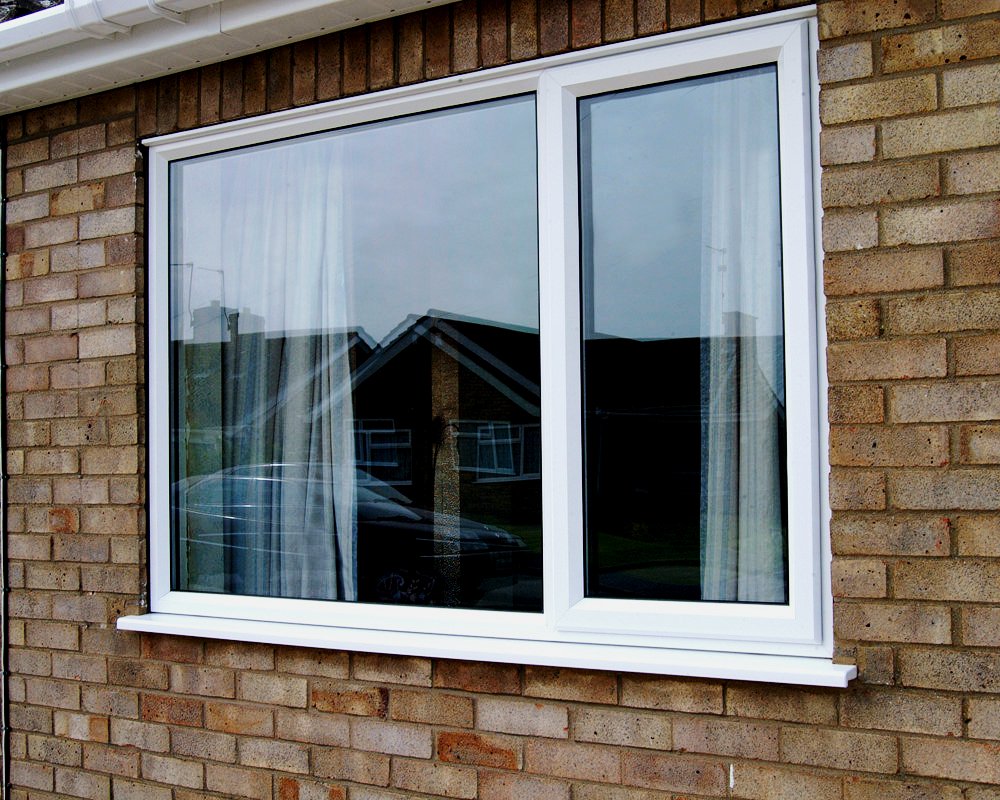- Number of chambers - 7
- Installation depth - 80 mm
- Seal - triple contour, TPE
- Filling thickness - 42 mm, 50 mm
- The profile heat transfer coefficient - 1,1 W/m².K
- Number of chambers - 6
- Installation depth - 71 mm
- Seal - double contour, TPE
- Filling thickness - 24 mm, 32 mm, 42 mm
- The profile heat transfer coefficient - 1,2 W/m².K
- Number of chambers - 4
- Installation depth - 58 mm
- Seal - double contour, TPE
- Filling thickness - 4 mm, 24 mm, 32 mm
- The profile heat transfer coefficient - 1,47 W/m².K
